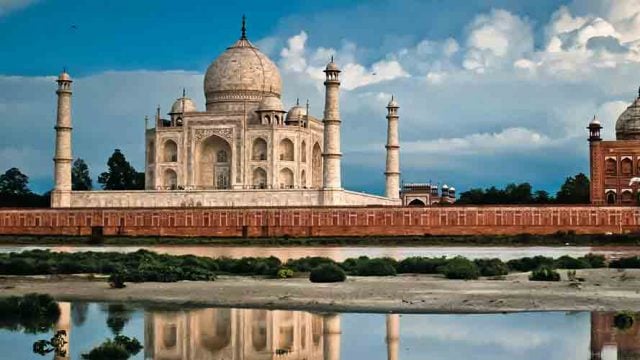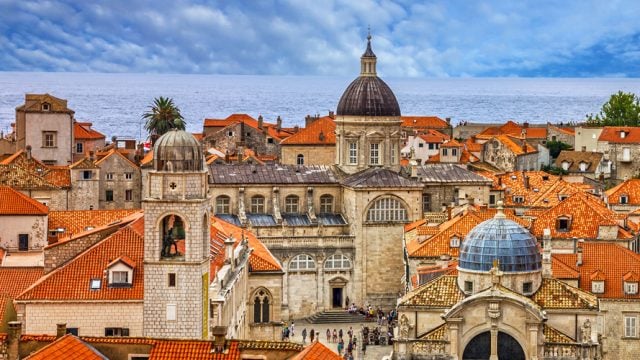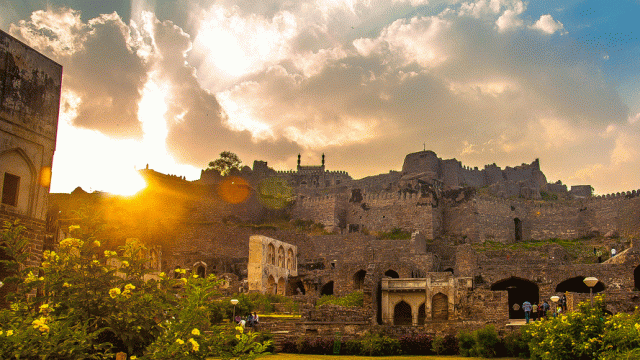Known for his pointed focus on singular subjects, Raghu Rai’s early photo book on the Taj Mahal
The first few photographs establish the environs in which the temple complex is located and Rai wastes no time in stamping his iconic style over the depiction of life outside the palaces and temples. There is a constant reference to that which does not exist anymore, and this is perhaps the most interesting thing about revisiting old photographs. One can see the slow but steady relocation of villages as the temple complexes began to receive maintenance uplifts by the state. For much into the first half, Rai’s wide compositions narrate the simplicity of daily life in the village. In one delightful colour frame, he pans an eager crane following its owner as a group of Jain temples bask in Khajuraho’s iconic golden light in the distance. Several images detail the intricacies of the sculptures, and these make for an interesting study of human movement (tourists) around the temples as well as light’s relationship with stone. A magnificent image is that of the pattern of a visitor’s shawl against the stunning panels of the Duladeo temple. There are also a few literal juxtapositions of real women against sculpted characters in the book.
Built environments are hard to photograph—especially historical sites since they tower over everything, leaving little room for a photograph to show anything else. However, Rai’s Khajuraho breaks several norms even within his own practice as he attempts to go beyond the grandeur of the obvious.
books
history
Khajuraho




